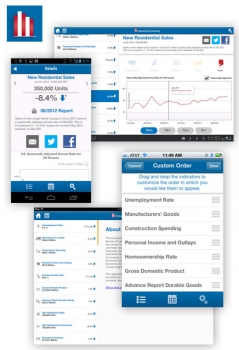2011 Income, Poverty and Health Insurance Coverage in the United States Report
Today, the U.S. Census Bureau released its report on Income, Poverty, and Health Insurance Coverage in the United States in 2011.
As we continue to fight back from the worst economic crisis since the Great Depression, the Income, Poverty and Health Insurance Coverage report released today provides further evidence of how critical it is that we implement policies that benefit and create security for struggling families and our middle class—and not just the wealthiest Americans.
Today’s report shows that while too many American families are still struggling, the nation’s poverty rate fell and the percentage of Americans with health insurance coverage rose in 2011. It is clear that had President Obama not taken swift and aggressive action to grow our economy and create jobs, today’s report would have shown much higher poverty rates, lower incomes, and a greater share of the population without health insurance.
Though our poverty rate remains unacceptably high, this report shows that the poverty rate ticked down in 2011 after rising for several years in the wake of the Great Recession. Poverty fell for all age groups, including children, elderly, and non-elderly adults. A key reason for this decline was that 2.2 million more people had full-time jobs last year, in part because unemployment fell by 0.9 percentage points from December 2010 to December 2011. Government programs also continued to provide a vital safety net.










